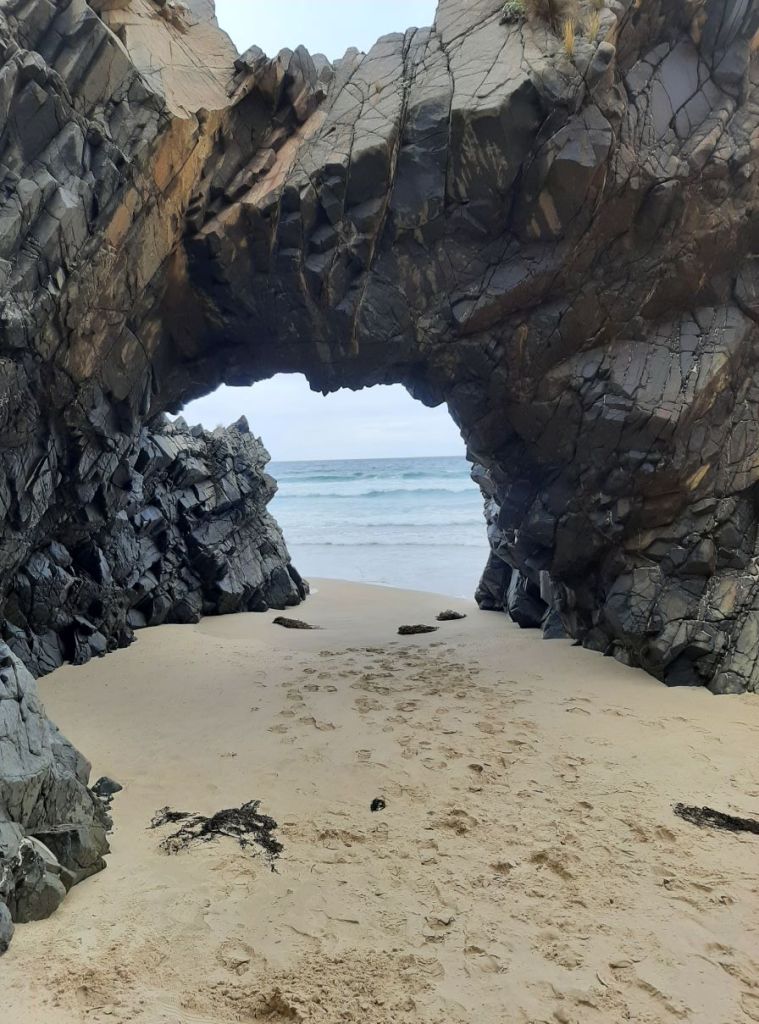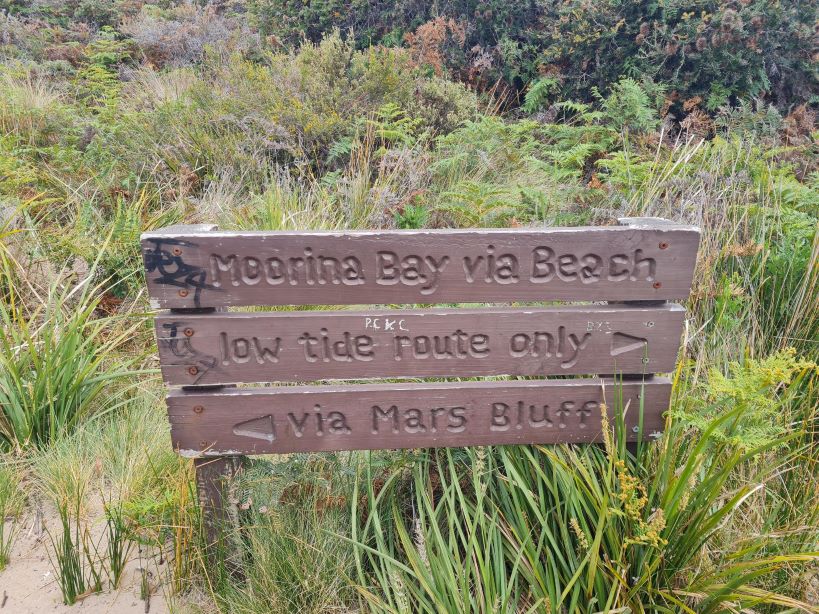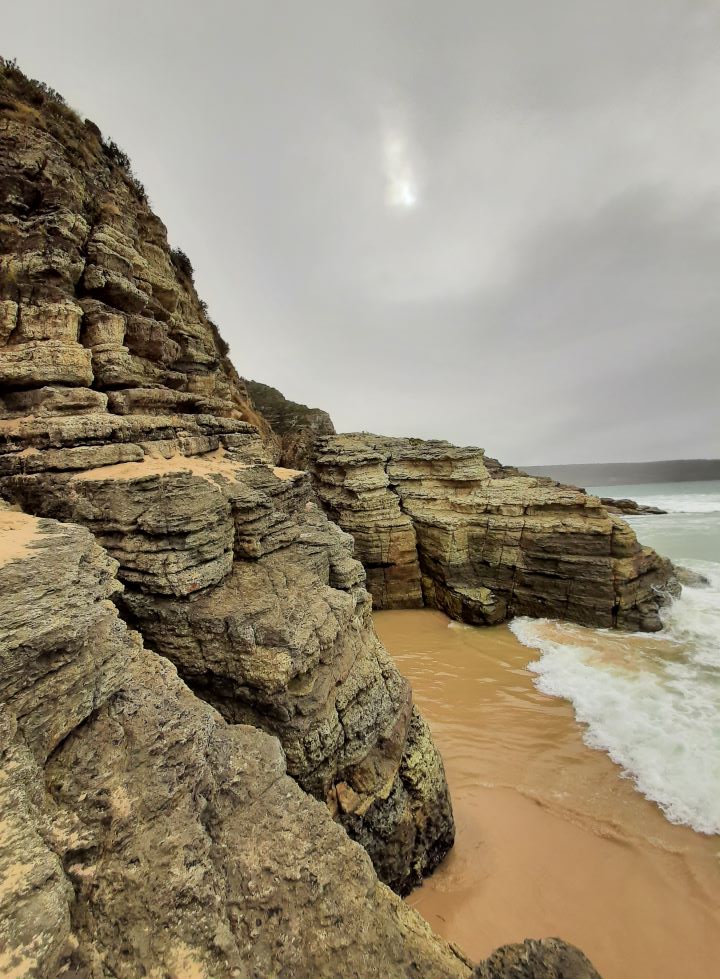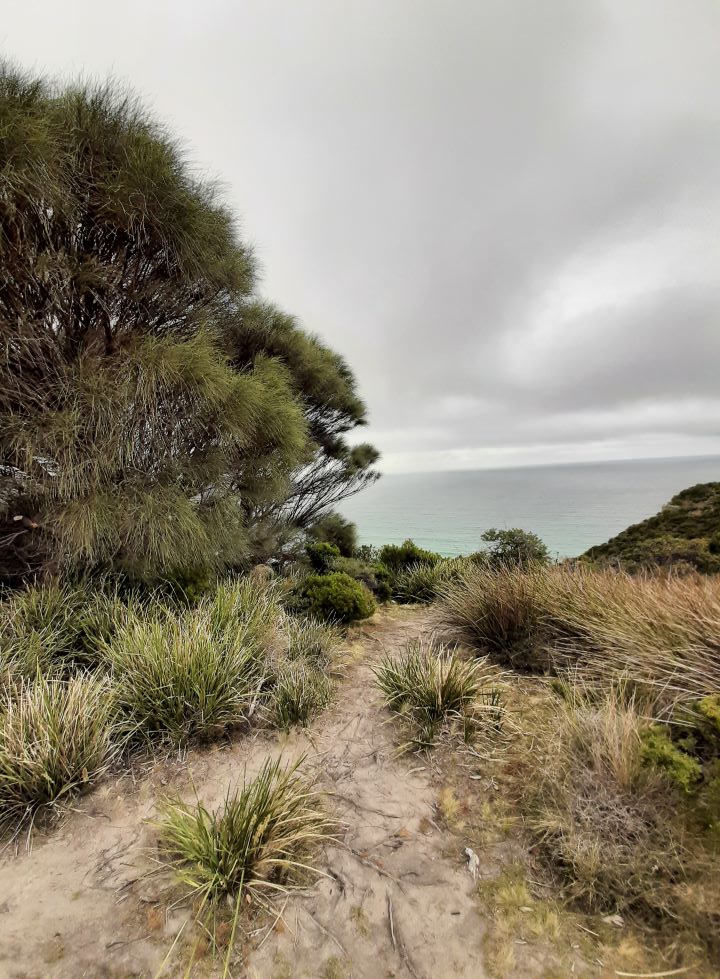Archive for December 2023
The elusive arch – reflections on navigation and wayfinding
About a decade ago, when GPS technologies were on the cusp of ubiquity, Nicholas Carr made the following observation in a post on his blog:
“Navigation is the most elemental of our skills — “Where am I?” was the first question a creature had to answer — and it’s the one that gives us our tightest connection to the world. The loss of navigational sense is also often the first sign of a mind in decay…If “Where am I?” is the first question a creature had to answer, that suggests something else about us, something very important: memory and navigational sense may, at their source, be one and the same. The first things an animal had to remember were locational: Where’s my home? Where’s that source of food? Where are those predators? So memory may have emerged to aid in navigation.”
The interesting thing, as he notes in the post, is that the connection between memory and navigation has a scientific basis:
“In a 2013 article in Nature Neuroscience, Edvard Moser and his colleague György Buzsáki provided extensive experimental evidence that “the neuronal mechanisms that evolved to define the spatial relationship among landmarks can also serve to embody associations among objects, events and other types of factual information.” Out of such associations we weave the memories of our lives. It may well be that the brain’s navigational sense — its ancient, intricate way of plotting and recording movement through space — is the evolutionary font of all memory.”
If this claim has even a smidgen of truth, it should make you think (very hard!) about the negative effects of following canned directions. Indeed, you’ve probably experienced some of these when your GPS – for whatever reason – decided to malfunction mid-trip.
We find our way through unfamiliar physical or mental terrain by “feeling our way” through it, a process of figuring out a route as one proceeds. This process of wayfinding is how we develop our own, personal mental maps of the unfamiliar.
–x–
A couple of weeks ago, I visited a close friend in Tasmania who I hadn’t met for a while. We are both keen walkers, so he had arranged for us to do the Cape Queen Elizabeth Walk on Bruny Island. The spectacular scenery and cloudy cool weather set the scene for a great day.
From the accounts of others, we knew that the highlight of the walk is the Mars Bluff Arch, a natural formation, carved out of rock over eons by the continual pounding waves. We were keen to get to the arch, but the directions we got from the said accounts were somewhat ambiguous. Witness the following accounts from tripadvisor:
“…it is feasible to reach the Arch even at high tide, but you will get wet. There is only one rock outcropping blocking your way when it’s not low tide (do not try to climb over/on it – it’s too dangerous). Take off your shoes, crop your pants, and walk through the ocean – just beside the visible rocks it’s all sand bottom. I did this at mid-tide and the water came up to my knees at the deepest point. It’s only about a 20 foot long section to walk. Try to time it so you don’t get splashed by waves…”
and
“…We went on low tide so we could walk the beach route as it’s really pretty. The other way around is further on and is about 30 mins longer there is a sign giving you the option once you get close to both directions so don’t worry if you do go on high tide. The Arch was a little hard to find once youre on the beach as it quite the way around through rocks and another cove looks like a solid rock from a distance but once your almost on top of it you see the arch…”
and
“…The tide was against us and so we slogged up the track over Mars Bluff with stunning panoramic views to Cape Elizabeth on one side and out to the Fluted Cape on the other. Had we taken the beach access we would not have enjoyed and marvelled at such stunning views! As we descended to the bleached white sand of the dunes it was interesting to try to determine the type of creatures that had left such an of prints and tracks in the sand. Had we not previously known of the arch’s existence, it would have been hard to find- it’s a real hidden gem, a geometric work of art, tucked away beneath the bluff!”
Daniel had looked up the tide charts, so we knew it was likely we’d have to take the longer route. Nevertheless, when we came to the fork, we thought we’d get down to the beach and check out the low tide route just in case.
As it turned out, the tide was up to the rocks. Taking the beach route would have been foolhardy.
We decided to “slog up the Mars Bluff track”. The thing is, when we got to the cove on the far side, we couldn’t find the damn arch.
–x–
In a walk – especially one that’s done for recreation and fun – exploration is the whole point. Google Map style directions – “walk 2 km due east on the track, turn left at the junction…” would destroy the fun of finding things out for oneself.
In contrast, software users don’t want to spend their time exploring routes through a product, they want the most direct path from where they are to where they want to go. Consequently, good software documentation is unambiguous. It spells out exactly what you need to do to get the product to work the way it should. Technical writers – good ones, at any rate – take great care to ensure that their instructions can be interpreted in only one way.
Surprise is anathema in software, but is welcome in a walk.
–x–
In his celebrated book, James Carse wrote:
“To be prepared against surprise is to be trained. To be prepared for surprise is to be educated.“
Much of what passes for education these days is about avoiding surprise. By Carse’s definition, training to be a lawyer or data scientist is not education at all. Why? I should let Carse speak, for he says it far more eloquently than I ever can:
“Education discovers an increasing richness in the past, because it sees what is unfinished there. Training regards the past as finished and the future as to be finished. Education leads toward a continuing self-discovery; training leads toward a final self-definition. Training repeats a completed past in the future. Education continues an unfinished past into the future.”
Do you want to be defined by a label – lawyer or data scientist – or do you see yourself as continuing an unfinished past into the future?
Do you see yourself as navigating your way up a well-trodden corporate ladder, or wayfinding a route of your own making to a destination unknown?
–x–
What is the difference between navigation and wayfinding?
The former is about answering the question “Where am I?” and “How do I get to where I want to go?”. A navigator seeks an efficient route between two spatial coordinates. The stuff between is of little interest. In contrast, wayfinding is about finding ones way through a physical space. A wayfinder figures out a route in an emergent manner, each step being determined by the nature of the terrain, the path traversed and what lies immediately ahead.
Navigators focus on the destination; to them the journey is of little interest. Wayfinders pay attention to their surroundings; to them the journey is the main point.
The destination is a mirage. Once one arrives, there is always another horizon that beckons.
–x–
We climbed the bluff and took in the spectacular views we would have missed had we taken the beach route.
On descending the other side, we came to a long secluded beach, but there was nary a rock in sight, let alone an arch.
I looked the other way, towards the bluff we had just traversed. Only then did I make the connection – the rocks at the foot of the cliff. It should have been obvious that the arch would likely be adjacent to the cliff But then, nothing was obvious, we had no map on which x marked the spot.
“Let’s head to the cliff,” I said, quickening my pace. I scrambled over rocks at the foot of the cliff and turned my gaze seaward.
There it was, the elusive arch. Not a mark on map, the real thing.

We took the mandatory photographs and selfies, of course. But we also sensed that no camera could capture the magic of the moment. Putting our devices away, we enjoyed a moment of silence, creating our own memories of the arch, the sea, and the horizon beyond.
–x–x–





